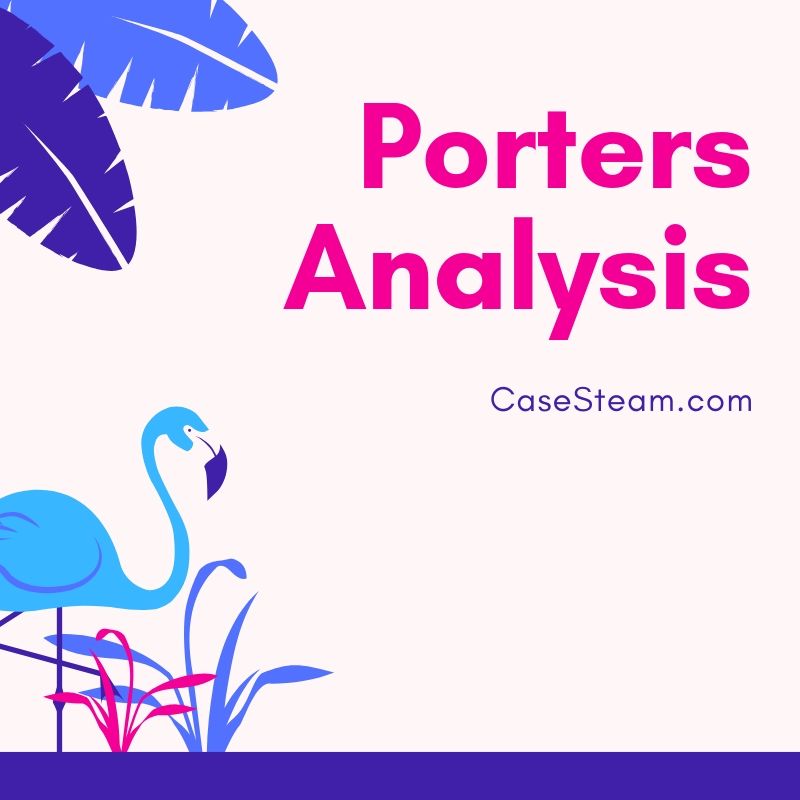Bargaining Power of Supplier:
The vendor in the Taiwanese Final Offer Part Ii sector has a reduced negotiating power despite the fact that the sector has dominance of three gamers including Powerchip, Nanya as well as ProMOS. Final Offer Part Ii suppliers are mere initial equipment manufacturers in strategic alliances with foreign gamers in exchange for technology. The second factor for a low bargaining power is the reality that there is excess supply of Final Offer Part Ii units because of the huge range production of these leading industry players which has reduced the price each and boosted the bargaining power of the purchaser.
Threat of Substitutes & Degree of Rivalry:
The threat of substitutes out there is high provided the fact that Taiwanese suppliers take on market show global gamers like Intel, Motorola, IBM, Hitachi, NEC, Toshiba, Samsung and also Fujitsu. This indicates that the market has a high degree of rivalry where suppliers that have layout and also growth abilities in addition to producing experience might be able to have a higher negotiating power over the market.
Bargaining Power of Buyer:
The marketplace is controlled by gamers like Micron, Elpida, Samsung and Hynix which further lower the buying powers of Taiwanese OEMs. The fact that these tactical gamers do not allow the Taiwanese OEMs to have accessibility to modern technology suggests that they have a higher bargaining power relatively.
Threat of Entry:
Hazards of access in the Final Offer Part Ii production market are low due to the fact that structure wafer fabs and acquiring equipment is highly expensive.For simply 30,000 devices a month the resources requirements can vary from $ 500 million to $2.5 billion depending on the size of the systems. In addition to this, the manufacturing required to be in the latest innovation and there for new gamers would certainly not have the ability to compete with dominant Final Offer Part Ii OEMs (initial equipment producers) in Taiwan which had the ability to enjoy economic situations of range. In addition to this the present market had a demand-supply inequality therefore surplus was already making it challenging to allow new players to take pleasure in high margins.
Firm Strategy:
The region's manufacturing firms have actually depended on a method of automation in order to reduce expenses through economies of range. Considering that Final Offer Part Ii manufacturing makes use of common processes as well as typical as well as specialty Final Offer Part Ii are the only two classifications of Final Offer Part Ii being manufactured, the processes can easily use automation. The industry has leading suppliers that have actually created partnerships in exchange for modern technology from Korean and also Japanese companies. While this has actually brought about schedule of modern technology as well as range, there has actually been disequilibrium in the Final Offer Part Ii market.
Threats & Opportunities in the External Setting
According to the interior and exterior audits, possibilities such as strategicalliances with technology partners or development via merging/ procurement can be explored by TMC. In addition to this, a move in the direction of mobile memory is also a possibility for TMC particularly as this is a niche market. Hazards can be seen in the form of over dependancy on international gamers for innovation and also competitors from the United States and Japanese Final Offer Part Ii makers.
Porter’s Five Forces Analysis


